Ecotourism in India offers amazing experiences, letting you explore natural beauty while helping to protect it. At SIXT.VN, we believe in responsible travel, and India’s diverse landscapes provide the perfect backdrop for eco-friendly adventures. Discover lush forests, majestic mountains, and tranquil backwaters while supporting local communities and conservation efforts.
Are you looking for sustainable travel? This article dives into the most impressive Eco Tourism Spots In India, so you can experience nature responsibly.
1. What Makes India A Prime Destination For Eco Tourism?
India’s diverse landscapes and rich biodiversity make it ideal for eco tourism. According to a 2023 report by the Ministry of Tourism, India has seen a 15% annual increase in eco tourism activities, highlighting the growing interest in sustainable travel options. With everything from the Himalayas to the Western Ghats, India offers unmatched opportunities for environmentally conscious exploration.
1.1. Diverse Ecosystems
India’s varied geography includes mountains, forests, wetlands, and coastlines, each supporting unique ecosystems. These diverse environments are home to a wide range of flora and fauna, many of which are endangered and require conservation efforts.
1.2. Cultural Richness
Many eco tourism spots in India are also culturally significant, with indigenous communities maintaining traditional lifestyles in harmony with nature. Experiencing these cultures firsthand provides valuable insights into sustainable living.
1.3. Government Initiatives
The Indian government actively promotes eco tourism through various policies and initiatives aimed at preserving natural resources and supporting local communities. These efforts ensure that eco tourism benefits both travelers and the environment.
2. What Are Some Of The Top Eco Tourism Destinations In Kerala?
Kerala, known as “God’s Own Country,” is a leader in eco tourism, thanks to its lush landscapes and proactive conservation efforts. A study by the Kerala Tourism Department in 2022 showed that eco tourism contributed approximately ₹8,000 crore to the state’s economy, underscoring its importance.
2.1. Kerala Backwaters
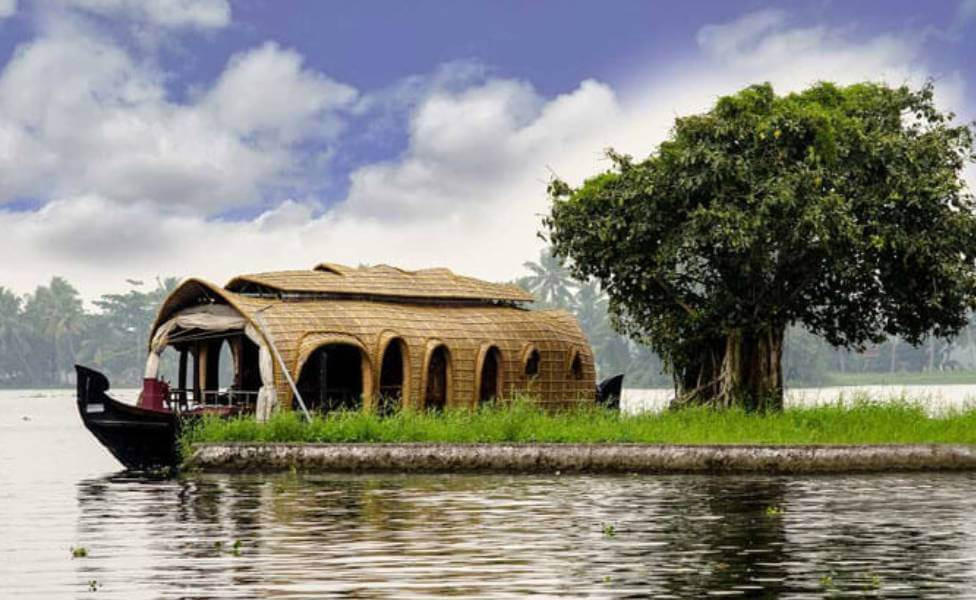 Kerala Backwater Tourism Tour
Kerala Backwater Tourism Tour
The Kerala Backwaters offer a unique charm with their gentle rhythm amidst paddy fields and palm groves. Enjoy a relaxing cruise on houseboats, known as Kettuvallams, which once carried cargo like rice and spices.
Activities: Cruising, canoeing, kayaking, village visits, cultural shows, and Ayurvedic treatments.
Where to Stay: ATDC Houseboats, Alleppey.
2.2. Munnar
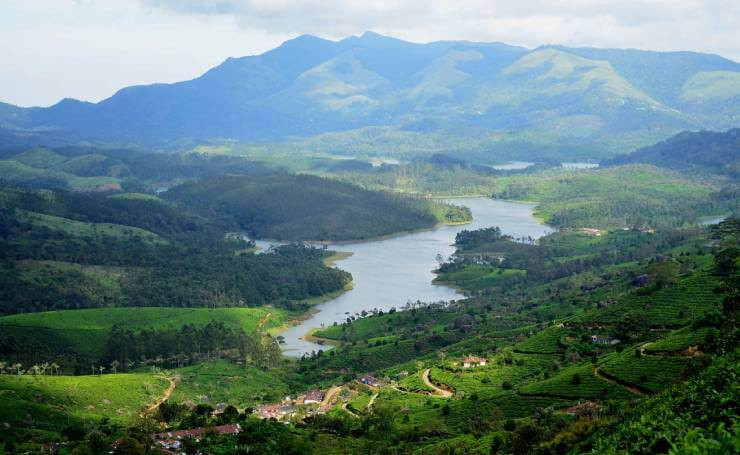 Munnar Kerala
Munnar Kerala
Munnar, at 1,700 meters, is a snug hideout for eco travelers, covered with forests, grasslands, and tea orchards. It is home to threatened species like the Nilgiri Tahr and Nilgiri Wood-pigeon.
Activities: Visiting tea plantations, trekking, wildlife watching, waterfall visits, and exploring local markets.
Where to Stay: Misty Mountain Resort.
2.3. Thenmala
 Thenmala Kerala
Thenmala Kerala
Thenmala, India’s first planned eco tourism destination, offers adventure and leisure activities in the Western Ghats. It features forest trails, night camping, a traditional tree house, boating, and activities like rappelling and rock climbing.
Activities: Nature walks, trekking, boating, adventure activities, butterfly safari, canopy walk, and cycling.
Where to Stay: Apichayans Cliff Resort.
2.4. Thodupuzha
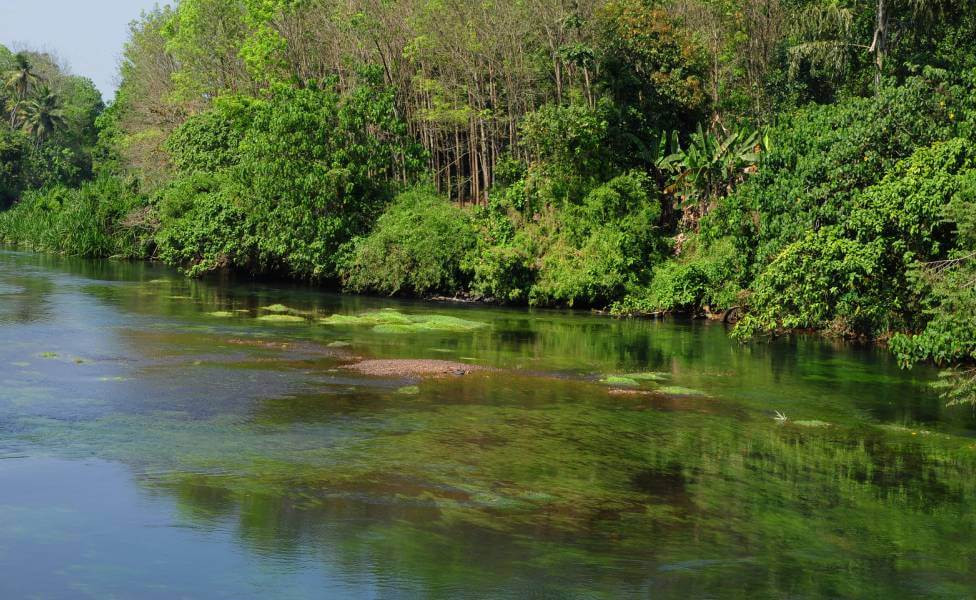 Thodupuzha Kerala
Thodupuzha Kerala
Thodupuzha, the gateway to Thommankuthu Waterfalls, is an unexplored destination in the Western Ghats. The seven-step waterfall and the views from Ilaveezhapoonchira offer a perfect eco tourism holiday.
Activities: Wildlife spotting, trekking, waterfall visits, exploring towns, and attending festivals.
Where to Stay: Vettoms Lakeview Resort.
2.5. Eravikulam National Park
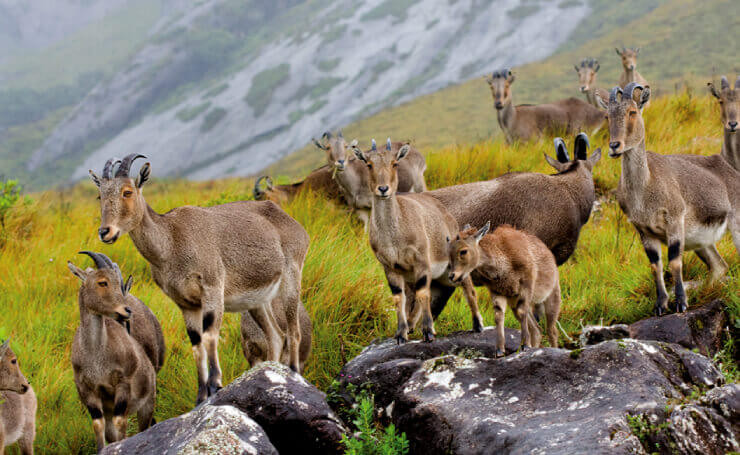 Eravikulam National Park
Eravikulam National Park
Eravikulam National Park, home to the endangered Nilgiri Tahr, features high-altitude grasslands and perennial streams. The Lakkam Waterfalls and opportunities for forest trails and wildlife photography make it a haven for wildlife enthusiasts.
Activities: Wildlife safari, trekking, nature walks, photography, camping, visiting tea plantations, and bird watching.
Where to Stay: Tea Valley Resort, Munnar.
2.6. Periyar National Park
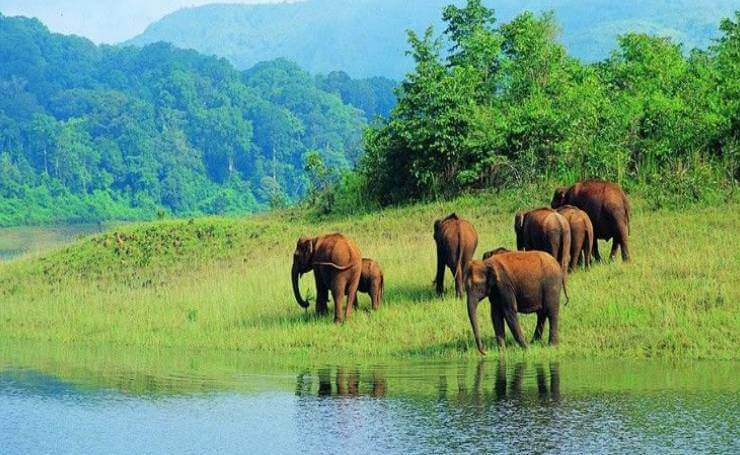 Periyar National Park Kerala
Periyar National Park Kerala
Periyar National Park, located in the Cardamom Hills, is known for its sustainable development and conservation. As an elephant and tiger reserve, it offers wildlife enthusiasts, botanists, and nature photographers a paradise-like environment.
Activities: Wildlife safari, trekking, bamboo rafting, nature walks, boating, and birdwatching.
Where to Stay: Bamboo Grove Eco-Lodge.
3. What Eco Tourism Options Are Available In Tamil Nadu And Karnataka?
Tamil Nadu and Karnataka offer a range of eco tourism spots, blending natural beauty with cultural heritage. A 2021 study by the Southern India Ecotourism Council reported that these states collectively attract over 2 million eco tourists annually, contributing significantly to local economies.
3.1. Kodaikanal, Tamil Nadu
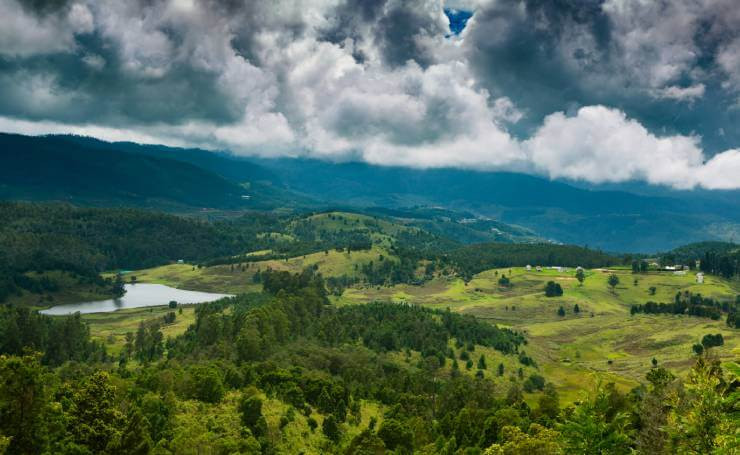 Kodaikanal -Mannavanur Lake
Kodaikanal -Mannavanur Lake
Kodaikanal, set in the Palani Hills, is a nature’s basket with montane rainforests, waterfalls, and streams. The Palani Wildlife Sanctuary, with its waterfalls and mystical environment, is perfect for naturalists.
Activities: Visiting Kodaikanal Lake, trekking, cycling, visiting waterfalls, horse riding, visiting museums, yoga, and meditation.
Where to Stay: Black Band Cottages.
3.2. Coorg, Karnataka
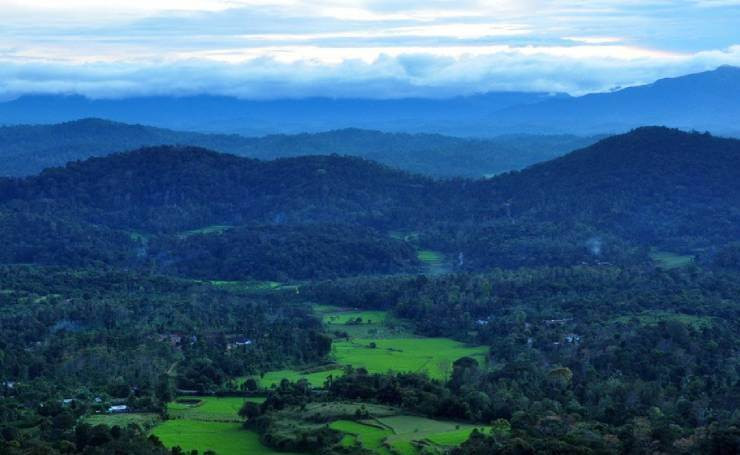 Coorg Hill Station
Coorg Hill Station
Coorg, home to the Kodava tribe, features spice and coffee plantations. With three wildlife sanctuaries and Nagarhole National Park, it is an eco destination with diverse flora and fauna.
Activities: Trekking, coffee plantation tours, river rafting, wildlife safari, camping, visiting waterfalls, and visiting elephant camps.
Where to Stay: Alpinia Estate Stay.
3.3. Nagarhole National Park, Karnataka
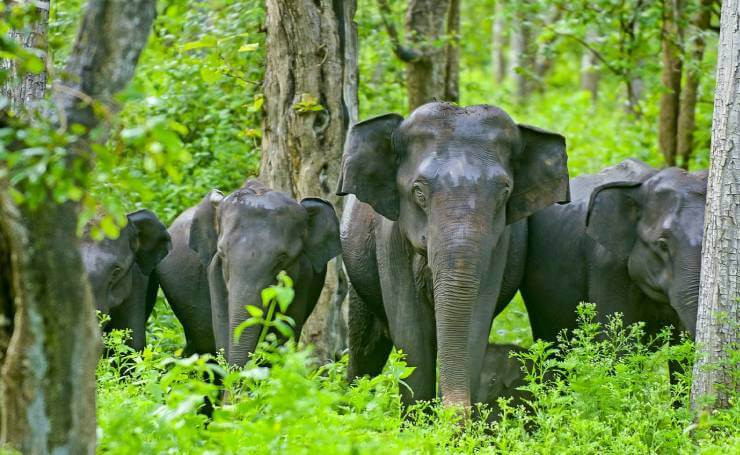 Nagarhole National Park
Nagarhole National Park
Nagarhole National Park, part of the Nilgiri Biosphere Reserve, is home to exotic animals like tigers, leopards, and dholes. It’s a UNESCO World Heritage Site candidate due to its rich biodiversity.
Activities: Wildlife safari, birdwatching, trekking, nature walks, camping, and sightseeing.
Where to Stay: Jungle Inn.
3.4. Bandipur National Park, Karnataka
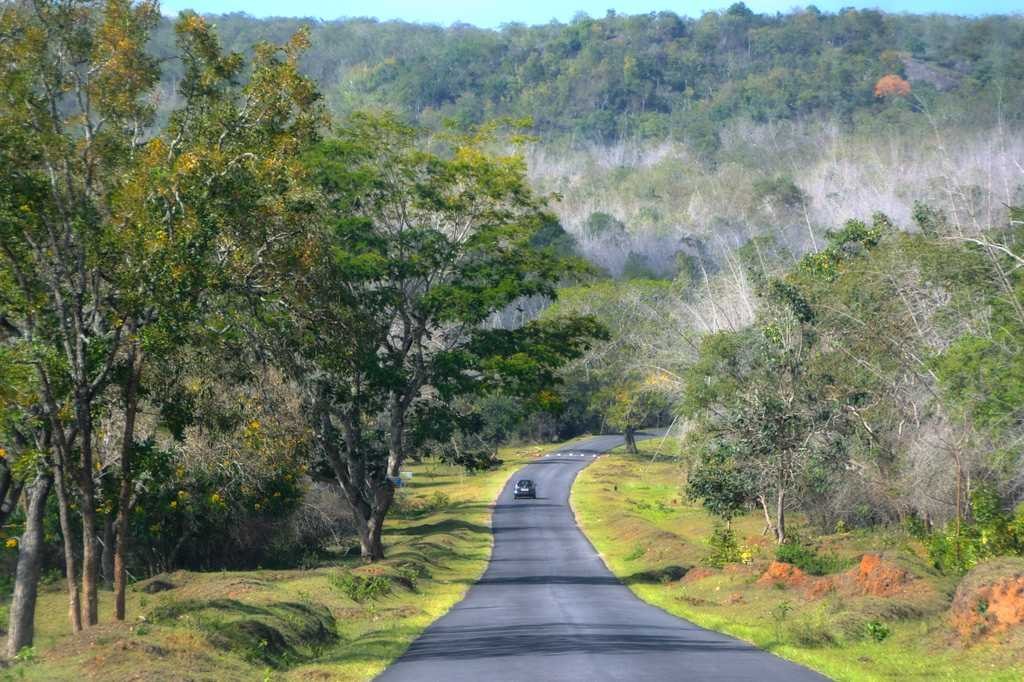 Bandipur National Park
Bandipur National Park
Bandipur National Park, a tiger reserve under Project Tiger, houses various plant and animal species. Its rich ecology makes it a refreshing escape for eco tourists and wildlife photographers.
Activities: Jungle safaris, trekking, bird watching, butterfly spotting, wildlife photography, and nature walks.
Where to Stay: Bandipur Safari Lodge.
4. What Coastal Eco Tourism Opportunities Can You Find In Goa And Andhra Pradesh?
The coasts of Goa and Andhra Pradesh offer unique eco tourism spots, focusing on preserving marine life and promoting sustainable tourism. The Coastal Tourism Board of India noted in 2022 that eco tourism initiatives in these regions have helped increase local employment by 20%.
4.1. Galgibaga Beach, Goa
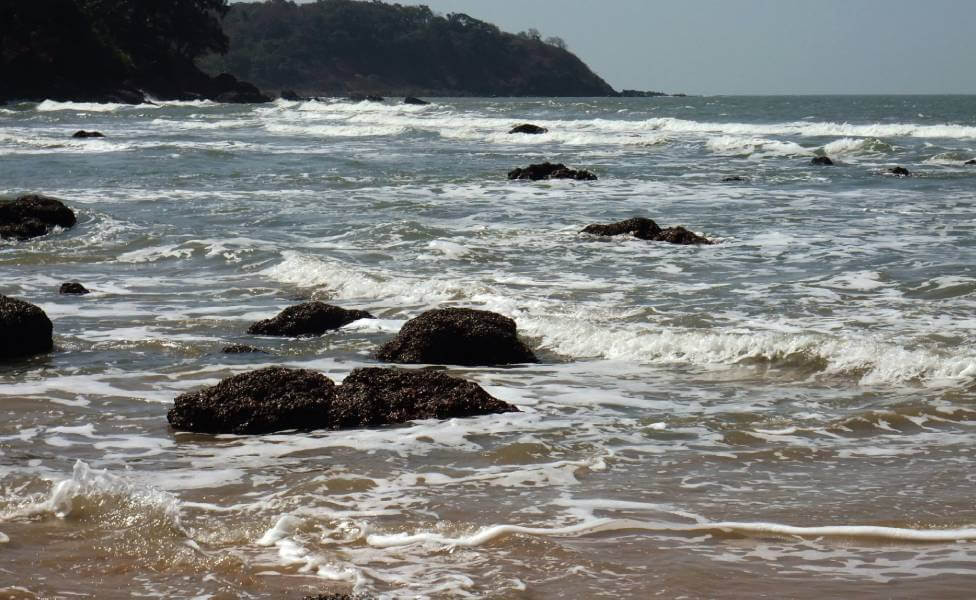 Galgibaga Beach Goa
Galgibaga Beach Goa
Galgibaga Beach, despite being in a busy tourist hub, remains the cleanest beach in India, known for turtle nesting. It offers a pleasant getaway with solitary silver sand and palm trees.
Activities: Swimming, sunbathing, visiting nearby wildlife sanctuaries, joining yoga or cooking classes, nature walks, and trying out seafood.
Where to Stay: The Fern Gardenia Resort, Canacona.
4.2. Tyda, Andhra Pradesh
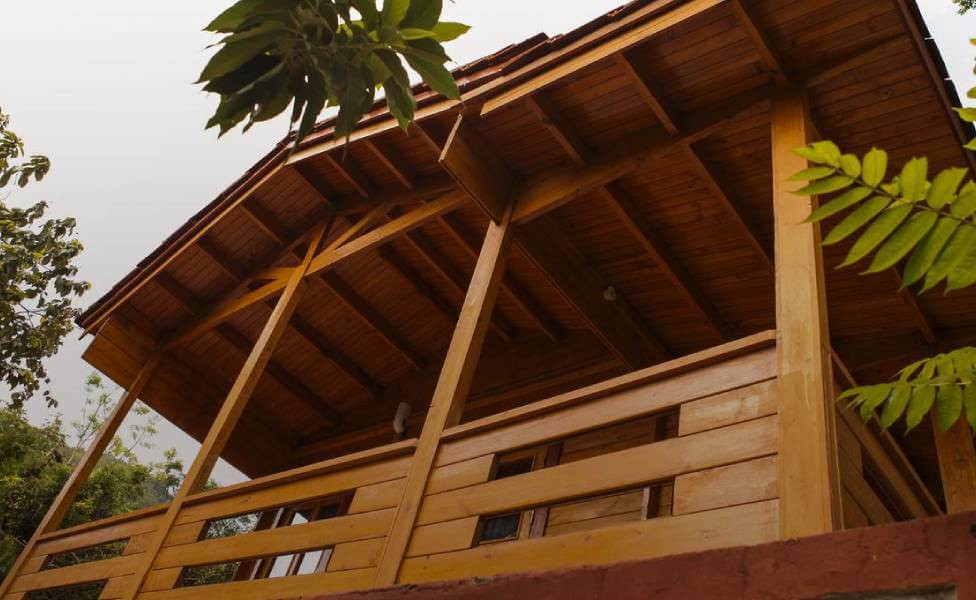 Tyda Andhra Pradesh
Tyda Andhra Pradesh
Tyda, nestled in the Eastern Ghats, is an unexplored village with exotic flora and endemic animals and birds. It facilitates camping, forest trails, and trekking.
Activities: Trekking, camping, zip lining, rock climbing, nature walks, visiting tribal museum, and visiting waterfalls.
Where to Stay: Jungle Bells.
4.3. Maredumilli, Andhra Pradesh
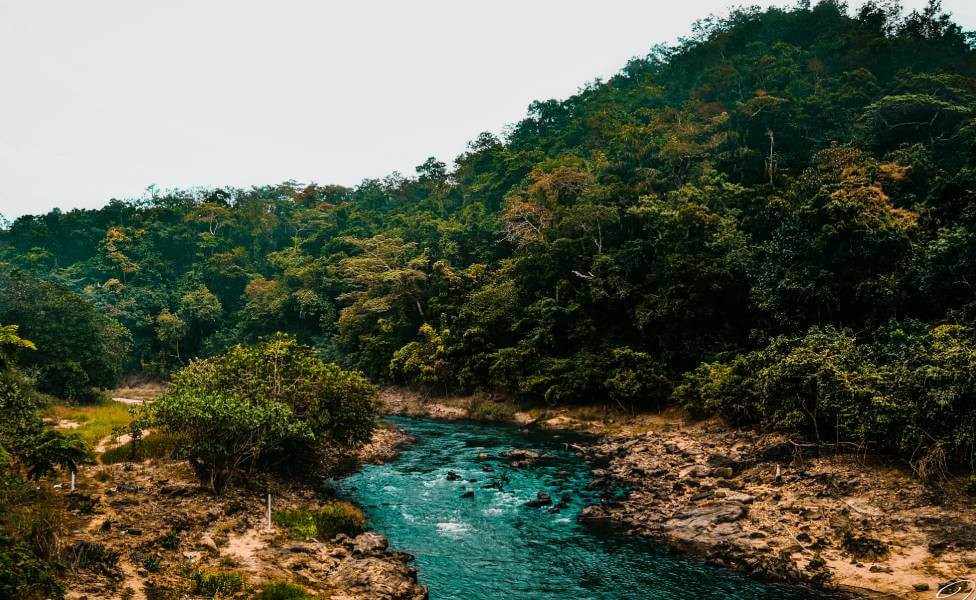 Maredumilli Andhra Pradesh
Maredumilli Andhra Pradesh
Maredumilli, in the Eastern Ghats, exhibits rich biodiversity with dense woods and streams. The local tribal communities actively participate in conserving the eco tourism project.
Activities: Trekking, camping, stargazing, birdwatching, waterfalls visits, tribal villages walks, and exploring bamboo craft.
Where to Stay: Jungle Star Resort.
5. What Are Some Prominent Eco Tourism Destinations In Eastern India?
Eastern India is home to diverse eco tourism spots, from coastal lagoons to mangrove forests. A 2020 report by the Eastern India Tourism Collaborative indicated that these destinations are increasingly popular among eco-conscious travelers.
5.1. Chilika, Odisha
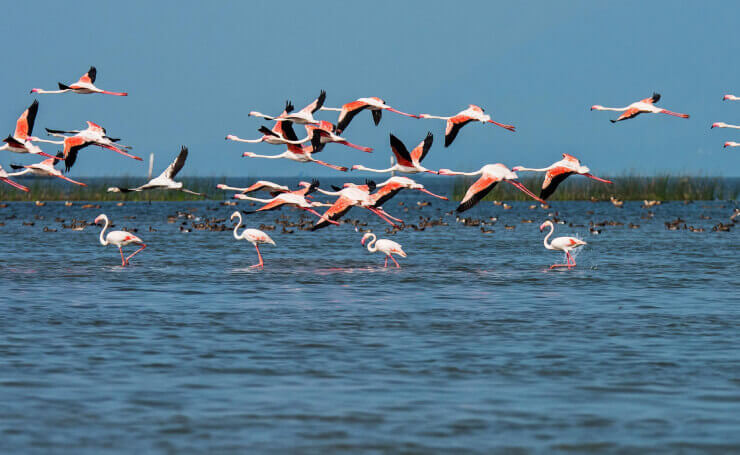 Chilika Wildlife Sanctuary
Chilika Wildlife Sanctuary
Chilika Lake, India’s largest coastal lagoon, houses migratory birds and animal and plant species. Its ecosystem supports diverse aquatic fauna and is a major destination for wildlife photographers and bird lovers.
Activities: Boating, dolphin sightings, birdwatching, trying out seafood, and photography.
Where to Stay: Panthanivas Barkul.
5.2. Sundarbans National Park, West Bengal
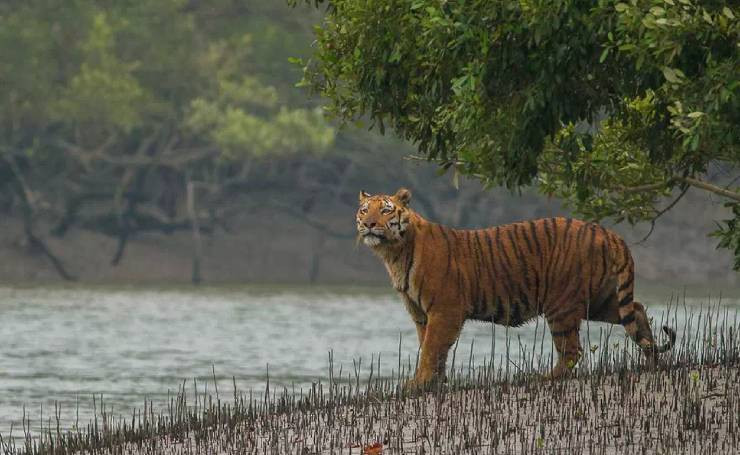 Sundarbans, West Bengal
Sundarbans, West Bengal
Sundarbans National Park, home to the world’s largest mangrove forest, is the royal residence of Bengal tigers. It also shelters birds, reptiles, invertebrates, and amphibians.
Activities: Boating, cruising, wildlife spotting, birdwatching, fishing, village walk, island hopping, and photography.
Where to Stay: Royal Bengal Resort.
6. What Eco Tourism Experiences Can You Find In Sikkim And Assam?
Sikkim and Assam offer unique eco tourism experiences, from high-altitude biosphere reserves to river islands, each rich in biodiversity and cultural heritage. According to the Northeast India Tourism Board, these states have seen a 25% increase in eco tourism revenue over the past five years.
6.1. Khangchendzonga Biosphere Reserve, Sikkim
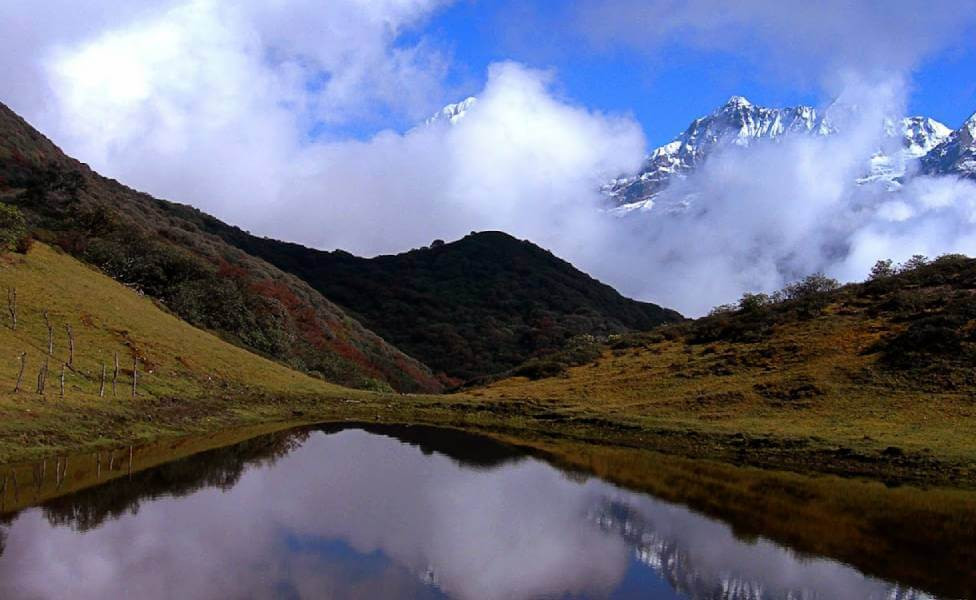 Khangchendzonga Biosphere Reserve Sikkim
Khangchendzonga Biosphere Reserve Sikkim
Khangchendzonga Biosphere Reserve, a high-altitude national park, is home to alpine vegetation, animals, and birds. It offers trekking and hiking, making it easier for travelers to explore its rich biodiversity.
Activities: Trekking, hiking, birdwatching, photography, wildlife spotting, and exploring villages.
Where to Stay: Red Palace Hotel and Resort, Yuksom.
6.2. Kaziranga National Park, Assam
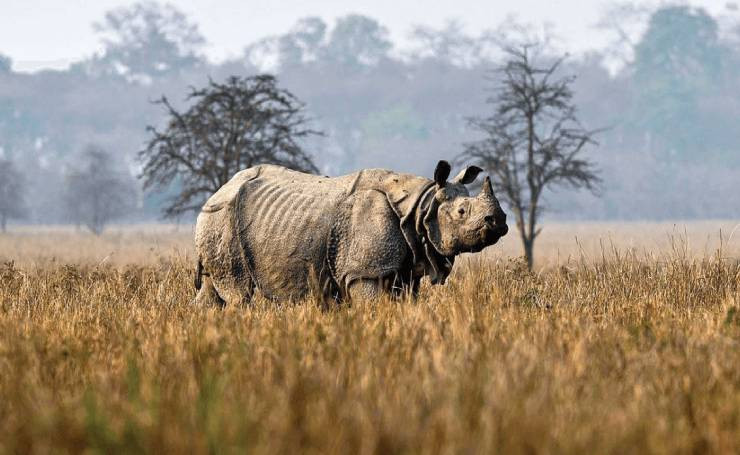 Kaziranga Rhino
Kaziranga Rhino
Kaziranga National Park, a world heritage site, is home to the great One-horned rhinoceros. Its fertile soil supports a highly diversified ecosystem with mammals, reptiles, and birds.
Activities: Wildlife safaris, village walks, tea plantations visits, photography, and birdwatching.
Where to Stay: Nature Hunt Eco Camp.
6.3. Majuli, Assam
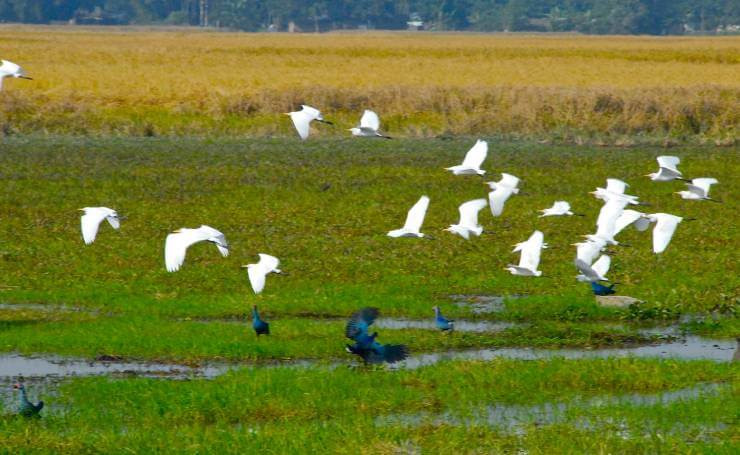 Majuli Island Assam
Majuli Island Assam
Majuli, the largest river island in the world, is home to migratory birds and various tribes. With bamboo cottages and eco-friendly resorts, it’s a green paradise for nature lovers.
Activities: Boating, exploring villages, sightseeing, birdwatching, learning about the tribes, and photography.
Where to Stay: Uttar Kamalabari Satra, Jorhat and La Lolat Eco Camp, Majuli.
7. What Eco Tourism Gems Are Hidden In Meghalaya And Nagaland?
Meghalaya and Nagaland boast hidden eco tourism gems, from Asia’s cleanest village to remote tribal settlements, each offering unique cultural and natural experiences. The Tribal Tourism Initiative of India highlights these regions for their commitment to sustainable practices.
7.1. Mawlynnong, Meghalaya
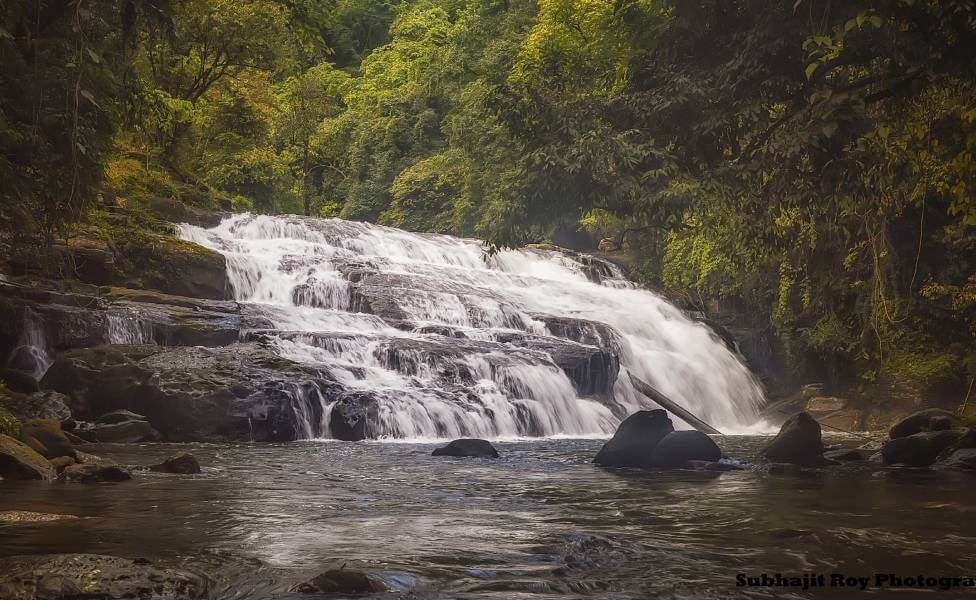 Mawlynnong Meghalaya
Mawlynnong Meghalaya
Mawlynnong, considered one of Asia’s cleanest villages, offers abundant natural beauty with evergreen forests, living root bridges, waterfalls, and natural caves. It is known for its picturesque orchards and rushing streams.
Activities: Hiking, trekking, waterfalls visits, village walks, exploring the tribes, and sightseeing.
Where to Stay: Village guesthouses.
7.2. Jotsoma Village, Kohima, Nagaland
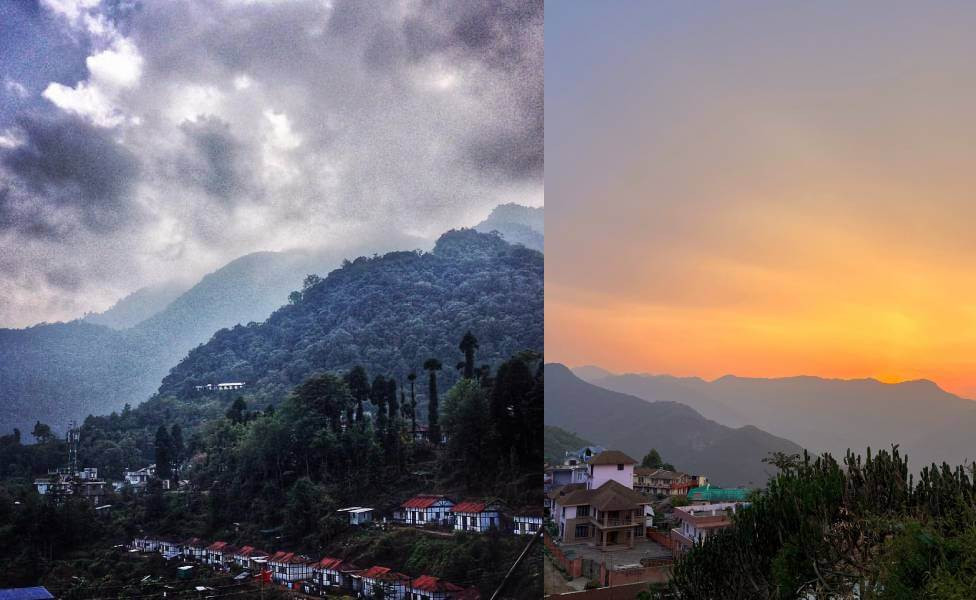 Jotsoma Village Kohima
Jotsoma Village Kohima
Jotsoma Village, close to Kohima, is a remote village in Nagaland with abundant natural beauty. It is mostly inhabited by tribal settlements and is an ideal location for birding.
Activities: Trekking, hiking, camping, exploring tribal villages, trying out local cuisines, birdwatching, and photography.
Where to Stay: Hotel Japfu, Kohima.
8. What Eco Tourism Adventures Await In Arunachal Pradesh And Uttarakhand?
Arunachal Pradesh and Uttarakhand offer thrilling eco tourism adventures, from national parks with diverse feline species to biosphere reserves with alpine meadows. According to the Himalayan Ecotourism Council, these regions are increasingly popular among adventure travelers.
8.1. Namdapha National Park, Arunachal Pradesh
 Namdapha National Park
Namdapha National Park
Namdapha National Park is known for housing four kinds of felines and an extensive montane forest. Its diverse landscape and tribal communities make it an eco tourism haven.
Activities: Spotting rare wildlife, birdwatching, trekking, rafting, watching cultural performances, visiting local villages, and learning about the local tribes.
Where to Stay: Forest rest houses.
8.2. Nanda Devi Biosphere Reserve, Uttarakhand
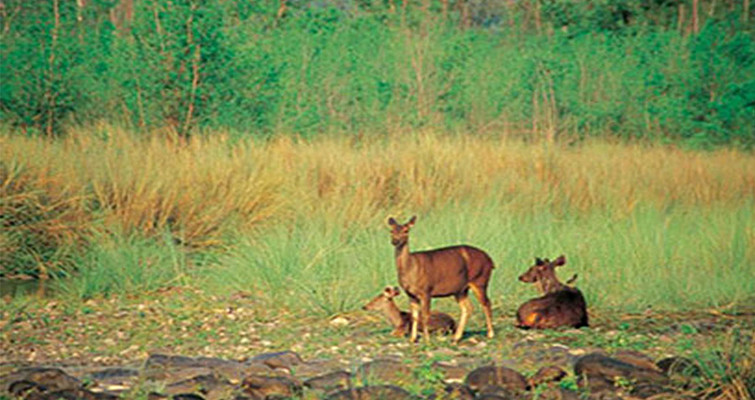 Nanda Devi National Park Uttarakhand
Nanda Devi National Park Uttarakhand
Nanda Devi Biosphere Reserve, a UNESCO World Heritage Site, is a traveler’s paradise with high-altitude landscapes and diverse flora and fauna. It attracts trekkers, mountaineers, wildlife enthusiasts, and naturalists.
Activities: Trekking, wildlife spotting, flower spotting, nature walks, and photography.
Where to Stay: GMVN Tourist Bungalow, Joshimath.
9. What Unique Eco Tourism Spots Can You Explore In Himachal Pradesh And Ladakh?
Himachal Pradesh and Ladakh offer unique eco tourism spots, from great Himalayan national parks to high-altitude wetland conservation reserves. The Mountain Tourism Association of India highlights these regions for their commitment to sustainable practices.
9.1. Great Himalayan National Park, Himachal Pradesh
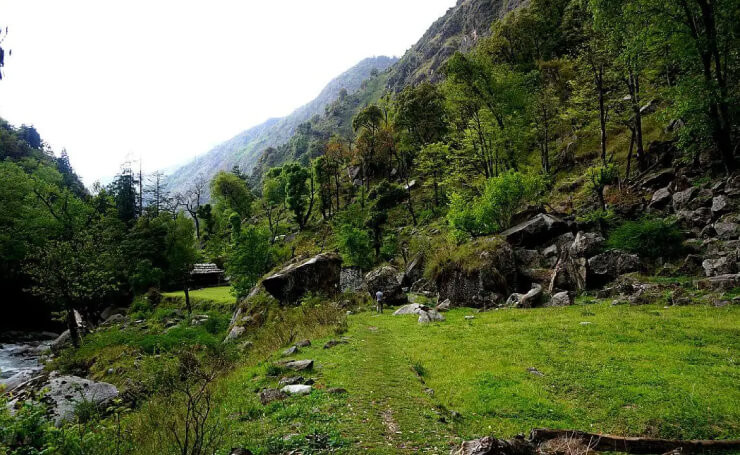 Great Himalayan National Park
Great Himalayan National Park
Great Himalayan National Park, a UNESCO World Heritage Site, houses diverse flora and fauna. It offers trekking and ecotourism spots with trails throughout the park.
Activities: Trekking, wildlife watching, camping, birdwatching, and photography.
Where to Stay: Community Training & Tourist Center, Sairopa.
9.2. Tsomoriri Wetland Conservation Reserve, Ladakh
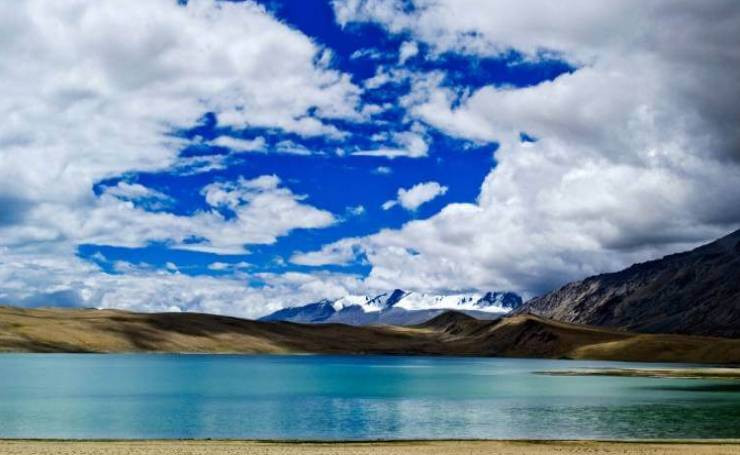 Tsomoriri Lake
Tsomoriri Lake
Tsomoriri Wetland Conservation Reserve features Lake Moriri, one of the high-altitude lakes in India. It is home to alpine animal and bird species, and ecotourism activities minimize environmental impact.
Activities: Birdwatching, wildlife watching, photography, hiking, camping, and village walks.
Where to Stay: Camps and homestays.
10. What Are The Eco Tourism Highlights Of Rajasthan And Madhya Pradesh?
Rajasthan and Madhya Pradesh offer unique eco tourism highlights, from national parks known for their tiger populations to reserves with diverse landscapes and conservation efforts. The Central India Tourism Board has noted that these destinations are increasingly popular among eco-conscious travelers.
10.1. Ranthambore National Park, Rajasthan
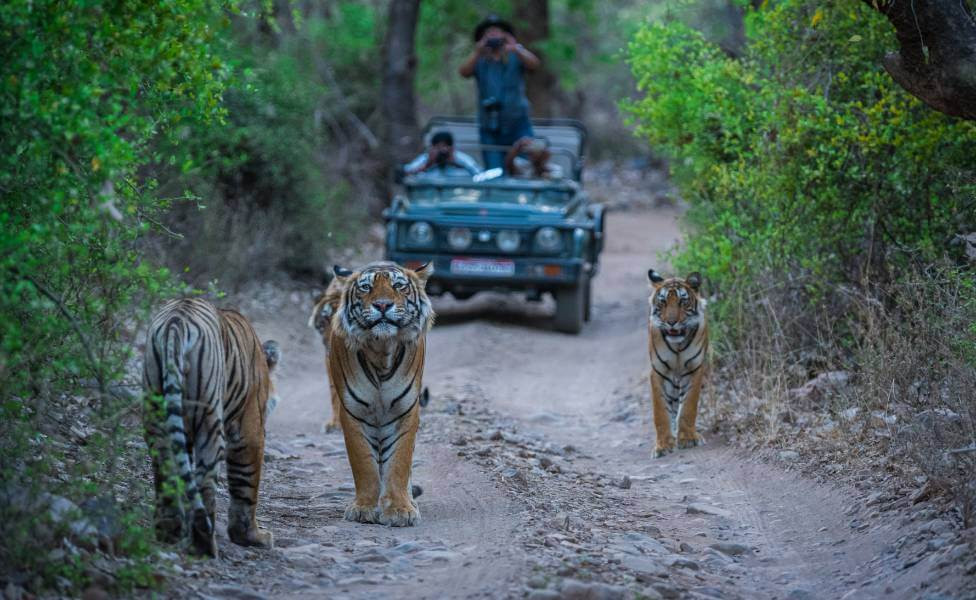 Ranthambore Wildlife Safari
Ranthambore Wildlife Safari
Ranthambore National Park, popular for its tiger population, has diverse landscapes layered by dry deciduous forest. It offers nature and cultural heritage interpretation and guided nature walks.
Activities: Wildlife safaris, sightseeing, historical places visits, birdwatching, nature walks, and village walks.
Where to Stay: Vanya Vilas.
10.2. Kanha National Park, Madhya Pradesh
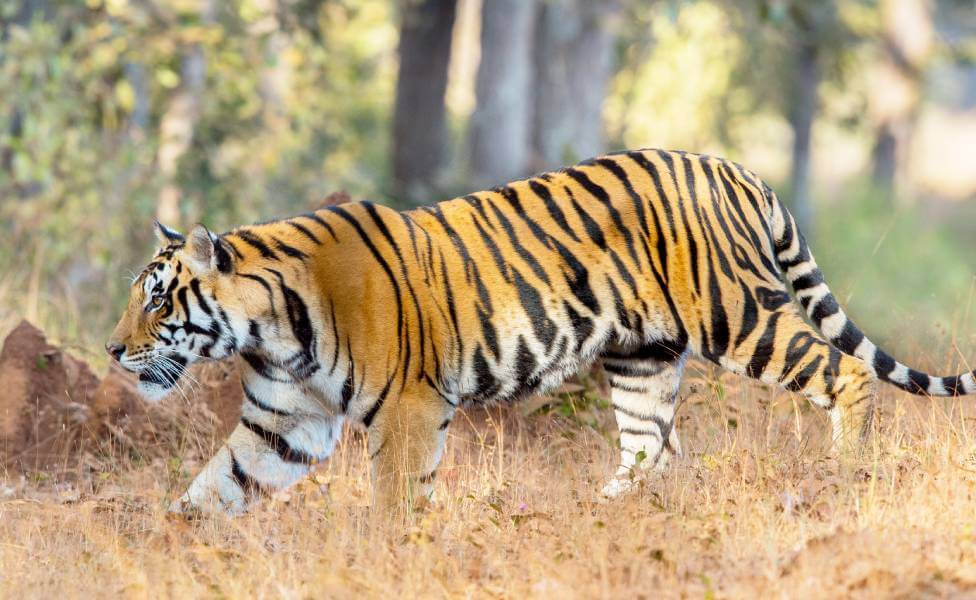 Kanha National Park Tiger
Kanha National Park Tiger
Kanha National Park is home to Royal Bengal Tigers, leopards, sloth bears, and Indian wild dogs. Its vast biodiversity, covered with grasslands and forests, makes it a refreshing eco tourism getaway.
Activities: Wildlife safaris, guided tours, village walks, nature walks, camping, birdwatching, and photography.
Where to Stay: Kamp Kamouflage Kanha.
11. What Makes The Andaman Islands An Exceptional Eco Tourism Spot?
The Andaman Islands are an exceptional eco tourism spot due to their unique marine ecosystems and biodiversity. The Andaman and Nicobar Islands Tourism Department emphasizes the islands’ commitment to sustainable tourism practices.
11.1. Andaman Islands
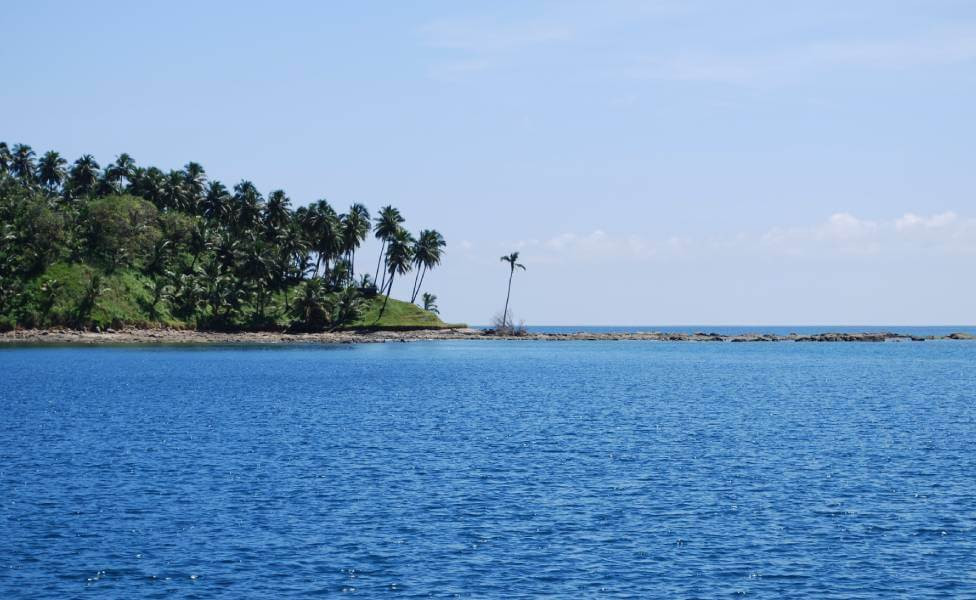 North Bay Island Andaman
North Bay Island Andaman
The Andaman Islands, with verdant tropical plants and shimmering turquoise waters, are a treasure trove of exotic flora. Enjoy ocean cruises, snorkeling, scuba diving, and water skiing.
Activities: Water sports activities, beach hopping, nature walks, sunset watching, and cruising.
Where to Stay: Barefoot at Havelock.
12. What Less Explored Eco Tourism Destinations Can You Discover In Himachal Pradesh And Arunachal Pradesh?
These destinations offer tranquil natural beauty and unique cultural experiences, promoting sustainable tourism and conservation.
12.1. Chail Sanctuary, Himachal Pradesh
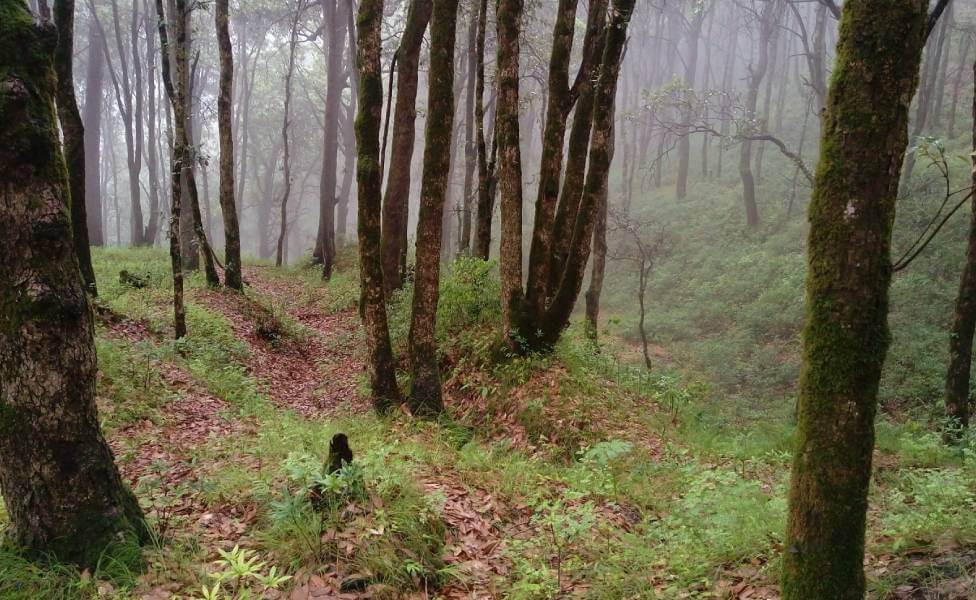 Chail Sanctuary Himachal
Chail Sanctuary Himachal
Chail Sanctuary, known for its scenic beauty and rich biodiversity, is home to dense forests and a variety of wildlife. Visitors can spot sambar, barking deer, and Himalayan black bears.
Activities: Wildlife spotting, hiking, camping, birdwatching, nature walks, and photography.
Where to Stay: Pahadi Zayka Homestay.
12.2. Gorichen Peak, Tawang, Arunachal Pradesh
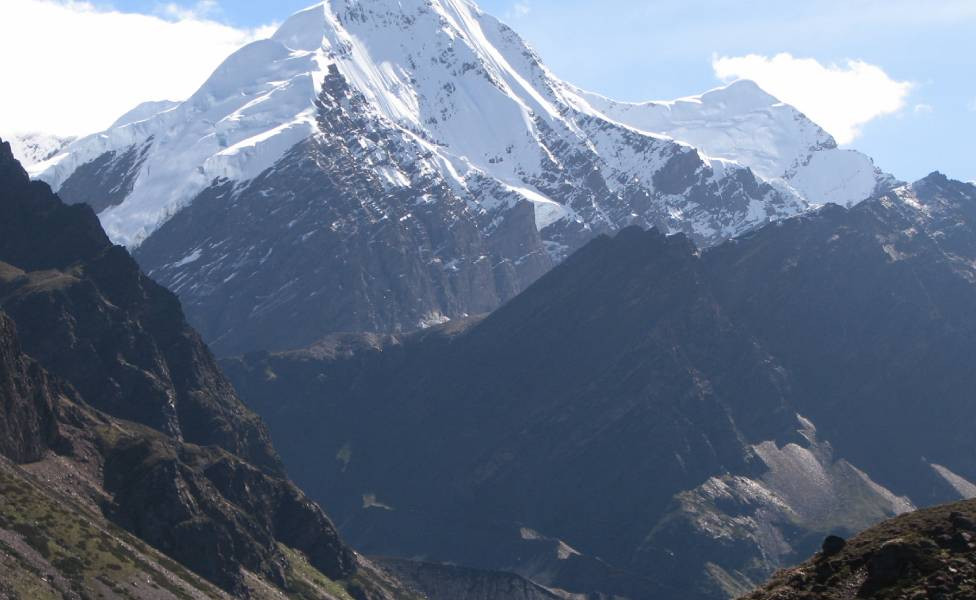 Gorichen Peak Tawang
Gorichen Peak Tawang
Gorichen Peak, the highest peak of Arunachal Pradesh, is surrounded by dense forests and snow-capped mountains. It offers trekking, camping, and bird-watching.
Activities: Trekking, camping, and nature walks.
Where to Stay: Camps.
13. What Unique Eco Tourism Experiences Can You Have In Meghalaya And Assam?
These destinations offer exceptional cultural and natural experiences, emphasizing community-based tourism and biodiversity conservation.
13.1. Mawphlang Sacred Forest, Meghalaya
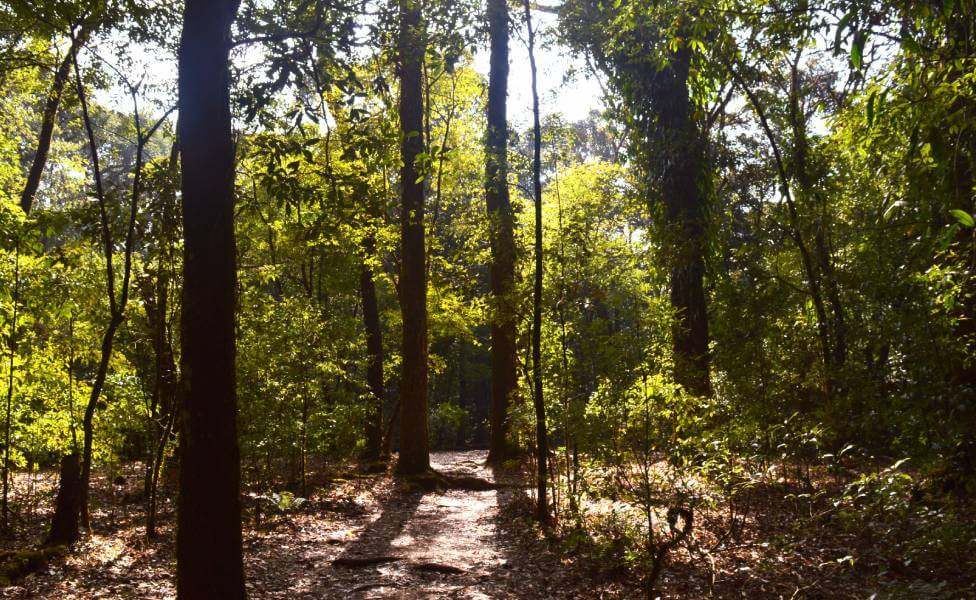 Mawphlang Sacred Forest Meghalaya
Mawphlang Sacred Forest Meghalaya
Mawphlang Sacred Forest, known as ‘Nature’s Museum,’ is protected by the Khasi people. Visitors can explore the forest on guided tours and learn about the traditional ecological knowledge of the Khasi people.
Activities: Forest walks, guided tours, plants spotting, exploring villages, hiking, learning about tribal communities, and trying out tribal food.
Where to Stay: Mawphlang John’s Homestay.
13.2. Manas National Park, Assam
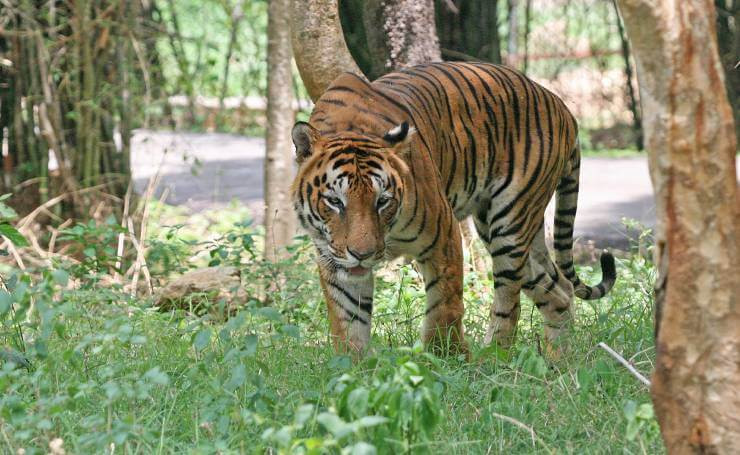 Manas National Park
Manas National Park
Manas National Park, known for its vast biodiversity, is home to rare and endangered species. Its landscape consists of dense forests, grasslands, and wetlands.
Activities: Boating, wildlife sightings, nature walks, sunset watching, birdwatching, photography, and sightseeing.
Where to Stay: Eagle Nest Eco Retreat, Hornbill Eco Camp.
14. What Scenic Eco Tourism Destinations Can You Discover In Sikkim?
These destinations offer breathtaking natural beauty and diverse rhododendron blooms, emphasizing sustainable trekking and community involvement.
14.1. Barsey Rhododendron Sanctuary, Soreng, Sikkim
 Barsey Rhododendron Sanctuary Sikkim
Barsey Rhododendron Sanctuary Sikkim
Barsey Rhododendron Sanctuary, known for its stunning rhododendron blooms, is a perfect destination for nature lovers. It offers well-marked trails through forests and hills.
Activities: Hiking, trekking, spotting flowers, nature walks, village walks, photography, and camping.
Where to Stay: Okhrey Homestay, Barsey Homestay, Hilley Homestay and Bhareng Homestay.
15. How Can SIXT.VN Enhance Your Eco Tourism Experience In India?
SIXT.VN offers convenient travel solutions for exploring India’s eco tourism spots:
- Effortless Planning: We handle the complexities of travel planning.
- Reliable Transportation: Comfortable airport transfers and transportation options.
- Curated Itineraries: Expertly designed tours showcasing the best of India’s eco tourism.
Ready to explore India’s eco tourism spots with ease? Contact SIXT.VN today!
FAQ
What is eco tourism?
Eco tourism is responsible travel to natural areas that conserves the environment and improves the well-being of local people.
Why choose India for eco tourism?
India offers diverse ecosystems, rich cultural heritage, and growing government support for sustainable tourism.
What are the best times to visit eco tourism spots in India?
The best times vary by region, but generally, the winter months (October to March) are ideal for many locations.
How can I ensure my eco tourism trip is sustainable?
Choose accommodations and tour operators committed to sustainability, respect local cultures, and minimize your environmental impact.
What activities can I do during an eco tourism trip?
Activities include wildlife safaris, trekking, bird watching, nature walks, village visits, and cultural experiences.
Are eco tourism destinations safe for solo travelers?
Most eco tourism destinations are safe, but it’s important to research and take necessary precautions.
What types of accommodations are available in eco tourism spots?
Accommodations range from eco-lodges and homestays to sustainable resorts that prioritize conservation.
How can I contribute to local communities during my trip?
Support local businesses, buy handicrafts, and participate in community-based tourism initiatives.
What should I pack for an eco tourism trip to India?
Pack light, eco-friendly clothing, sturdy shoes, insect repellent, sunscreen, and reusable water bottles.
What are the environmental benefits of eco tourism?
Eco tourism helps protect natural areas, conserve biodiversity, and promote environmental awareness.



